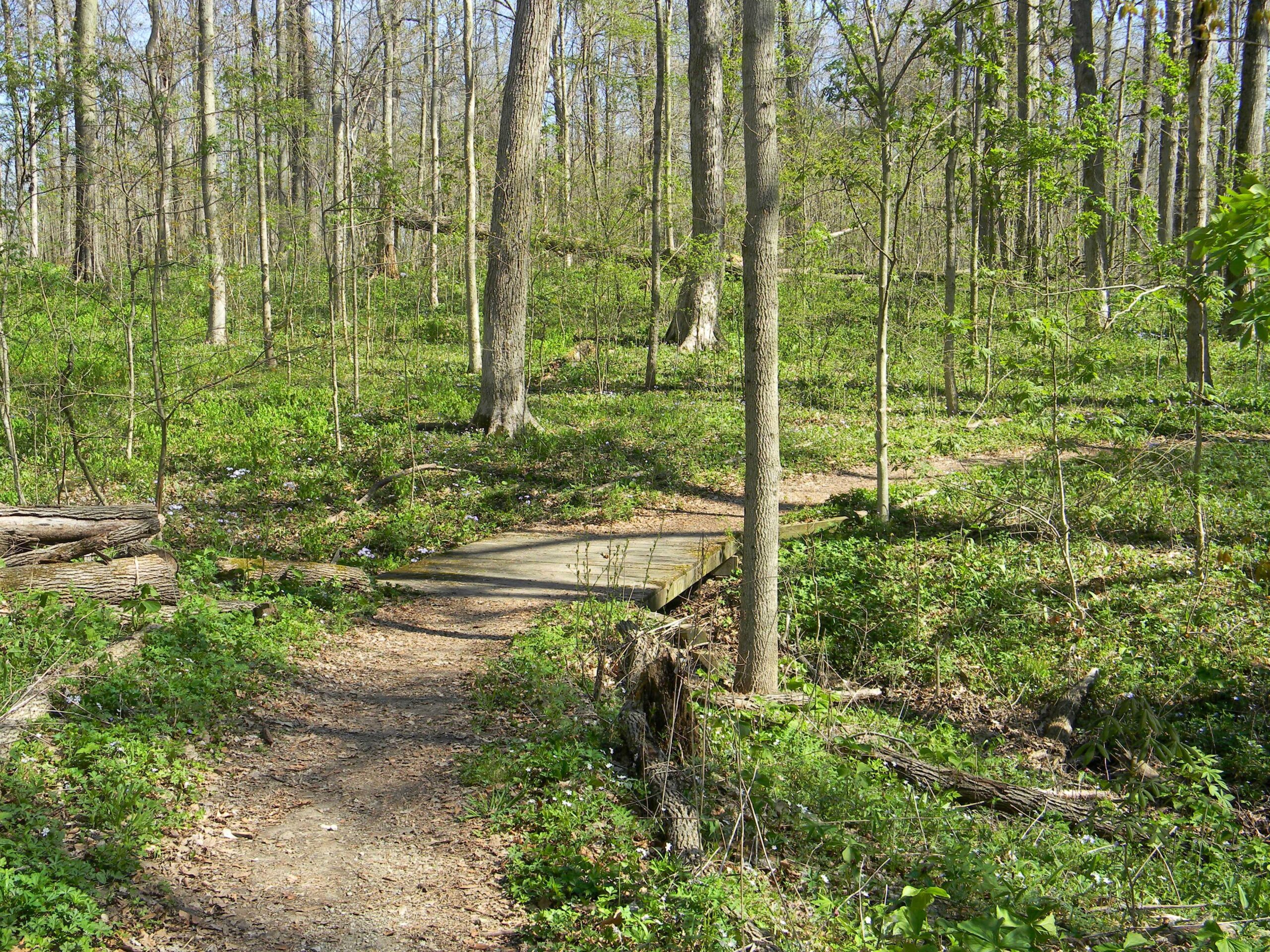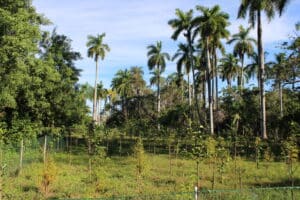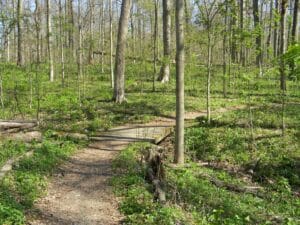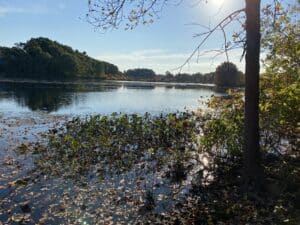How 3 Cities are Protecting Urban Forests in America
By Natural Areas Conservancy on April 11, 2024

By Natural Areas Conservancy on April 11, 2024


We’re pleased to announce that seven new case studies from our Forests in Cities network have been published in our special issue of the journal Cities and the Environment, entitled “The Science and Practice of Managing Forests in Cities.” Since 2019, we’ve featured practitioner’s notes focused on new techniques and approaches in our field across themes such as innovations in restoration and management, climate change adaptation, and community engagement. With the addition of these seven case studies, we now have 39 case studies published in total!
We’ve highlighted three of these case studies below from Miami, Indianapolis, and Boston. These stories exemplify the type of methods and strategies used by cities across the country to protect forested natural areas.

Matheson Hammock Park, Miami, Florida
1. Assessing and Protecting Endangered Lands in Miami-Dade County
The problem: Miami-Dade County has 18 environmental preserves that contain endangered lands. Many threats exist to these natural areas, such as infrastructure development, landscaping, and even damage from the public. The Miami-Dade County Division of Environmental Resources Management’s (DERM) Environmentally Endangered Lands (EEL) Program developed a system for increased protections.
The solution: Over the course of decades, the EEL Program acquired 27,000 acres of endangered land, and many preserves were given critical habitat designations. In 2021, EEL drafted and filed a legislative report that assessed all 18 preserves, which ultimately will help them receive funding and increase regulations on their natural areas.
2. Combatting an Invasive Species in Indianapolis, Indiana

Paul Ruster Park, Indianapolis, Indiana
The problem: Lesser celandine, also known as “fig buttercup,” encroaches on Indianapolis’s deciduous forests. This invasive perennial species emerges earlier in the spring, thus often replacing the city’s native ephemeral species. The Indianapolis team wanted to develop a treatment plan that would target lesser celandine and lead to its elimination.
The solution: The researchers of this study tested herbicide treatment in two Indianapolis parks, applying small amounts to five four-meter square quadrants. Contrary to popular belief, herbicide can be a key tool in protecting native ecosystems from invasive species. In this case, it was applied in a controlled manner to ensure none spread to the wider habitat. Ultimately, the average lesser celandine coverage in these plots was 50% in 2020; when measured in 2023 the treated areas had only 1-4% coverage!
3. Restoring Wetlands Habitat and Community Advocacy in Boston, Massachusetts

Roslindale Wetlands, Boston, Massachusetts
The problem: In the heart of Boston, you’ll find the Roslindale Wetlands, a 10-acre forested wetland, which for many years was plagued with illegal dumping, adjacent development, and neglect—resulting in a degraded natural environment. Community groups and ecologists at the Boston Urban Wilds program and Mass Audubon hoped to restore this natural area.
The solution: Community engagement was a large part of the successful restoration of the site. Members within the community started a task force in 2005 and persistently advocated for Roslindale Wetlands through the years. In 2019, the City of Boston and Mass Audubon teamed up with the task force to accelerate restoration efforts and secure permanent protection and $1 million in local capital investment. This was accomplished through a variety of methods, including a land management plan, local wetland ordinance, and land acquisition. Finally, in 2023, the majority of the wetland had been ecologically restored!
Read all of the case studies in the journal Cities and the Environment. Additionally, hear from authors of these reports by watching this short video, which summarizes some of their findings.